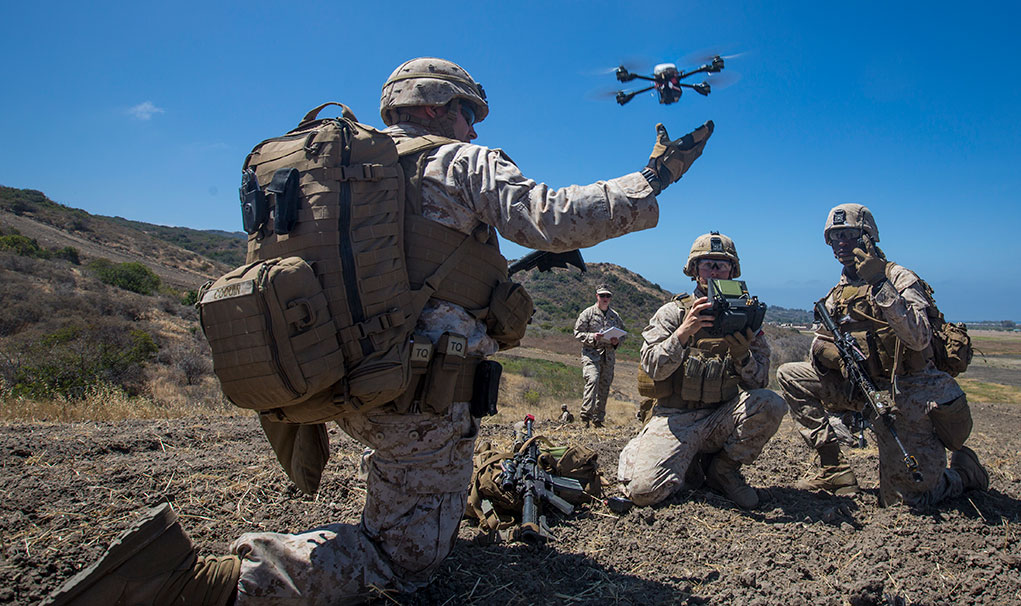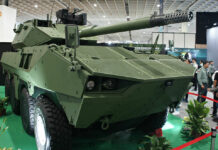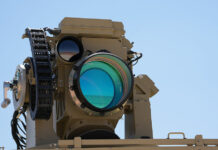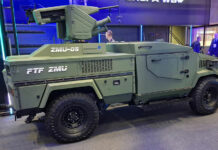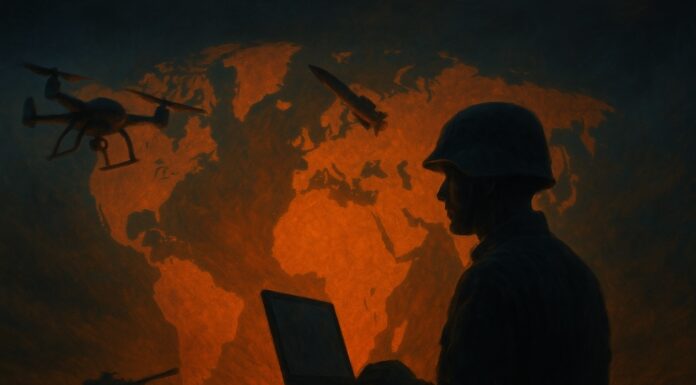This post continues our discussion on Future Drones
To excel in tactical use,mini-drones are designed to be ‘soldier proof’, allowing for simple, intuitive operation even under pressure and stressful situations, where autonomy would be most valuable. This means quick boot up, calibration, position setting and communications pairing to bring the drone online as soon as possible.
The US Army plans to equip the individual warfighter with drone-based autonomous Soldier Based Sensors (SBS) by 2018 and is evaluating different solutions for such applications. Requirements include weight of 150 grams (about 5 ounces), 15 minute flight time and wind tolerance of up to 15 knots. The Army has used the PD100 ‘Black Hornet’ from FLIR Systems, other new nano-drones also available include the Snipe from AeroVironment and a small, foldable version of PSI’s InstantEye system.
The multirotor revolution emerged as a disruptive capability rooted in technology developed for hobbyists’ toys in 2010. Today’s commercial drone technology, merged with sensors, image processing, and communications capabilities outpace the investments and capabilities that defense industries can invest in technology, as they define the future of transportation world. Autonomy, that is a critical factor in all these commercial systems, is also important for military drones to perform longer missions, have better communications and perform smarter functions – all at affordable cost.

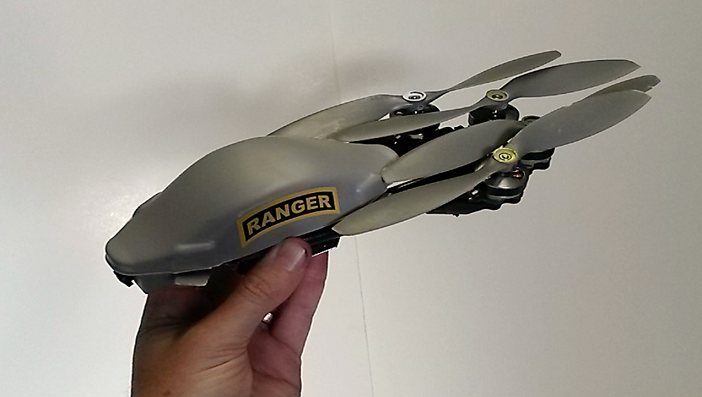
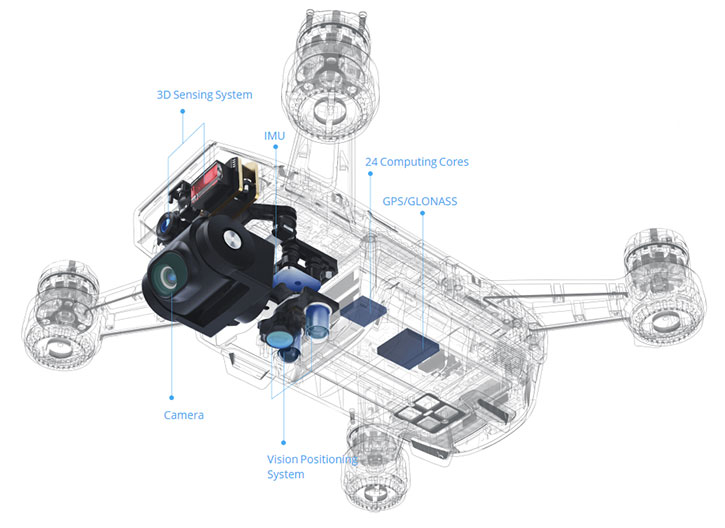
Despite the big investments and high hopes, the most advanced autonomous flight modes are not available with military drones but with the microdrones designed for recreational videography. For example, the latest drones made by DJI already include obstacle avoidance based on deep learning artificial intelligence autonomy, enabling drones to safely follow a target, object (or operator) while flying in cluttered environments such as woods, sea surf or urban terrain, while tracking a moving target on the ground. Such tracking can use tags, object or face recognition, offering powerful options for uses in military and security applications. Using the Spark nano drone, designers can program the vehicle and interact with the drone through intuitive flight control gestures, or view the mission straight from drone’s camera using virtual reality goggles. These capabilities are far more advanced than those used in military and security operations.
The next wave of cameras that can better measure depth and motion are already here. The Spark 4K line of 940 nm Near IR cameras using QuantumFilm technology from InVisage is now available for use on smartphones and UAVs. Offering an alternative to standard CMOS sensors, QuantumFilm is optimally designed to do depth sensing, 3D mapping, and gesture tracking.
A critical advantage of the Spark is its processing speed. “In order to perform autonomously at a high flight speed of 20 meters per second, drones and other unmanned vehicles require at least half a second to recognize an upcoming obstacle and another half a second to change trajectory or decelerate in order to avoid it. This means accurate ranging at 20 meters is crucial,” said Jess Lee, InVisage President, and CEO. While ultrasonic sensors are effective at a range of five meters, Micro-LIDAR based on Spark are effective at 20 meters and, according to inVisage, with improved performance will soon function beyond 100 meters.
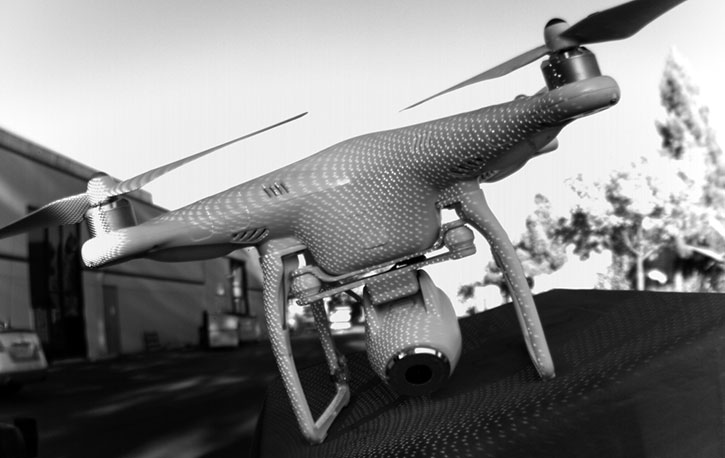
- More in the ‘Future Autonomous Drones‘ review:
- Step I: Minimizing Dependence on Human Skills
- Step II: Mission Systems’ Automation
- Step III: Higher Autonomy Becoming Affordable
- Step IV: Teams, Squadrons, and Swarms of Bots
More in the ‘Future Drones’ series:

